New Materiality
May 22, 2008

Tuché. Andy Warhol wrote about repetition in his work: “When you see a gruesome picture over and over again, it doesn’t really have any effect” (1).
The effect of the artwork on the spectator vanishes, evaporates swiftly. Contemplation produces indifference after a while, and only some works of art manage to storm through that. Jacques Lacan used the word tuché –the reencounter of the real-, to describe the situation one is in after an especially disturbing perception of an image.
Emotion, in sum. The subject is touched, moved, disturbed by the work of art. Tuché is the incision, the mark that remains even when the object is no longer present. It is a bite, a wound in the sensibility of the spectator.
Art and architecture coincide these days, both once again preferring to focus on the realm of the real. Abstracted from theory, buildings want to make an impact by means of a new materiality. Sheila Kennedy wrote: “The material qualities of contemporary surfaces that are the most intriguing are precisely those that are the most unstable, that put into question the singularity of material properties and the absoluteness of material definitions” (2). Such instability is what disturbs the spectator, who feels a traumatic uneasiness when faced with something unexpected.
Conventional materials, straight out of industrial catalogs, placed before a silver-plated membrane. Translucent materials accompanied, in the air chamber, by irregular, winding metal wires that look like the trapped hairs of the spirit of the home. The teams selected for this second issue on New Materiality have palettes that range from innovative processes to materials spurned by use and abuse. “The antagonism between new and old materials, or between high and low technologies of production, may be dispelled through strategies that deliberately mis-use materials as a form of political action in architecture” (3)
In this way architects go for “the reencounter of the real”. They want to reach the full awareness of the spectators of their works, under the way of trauma achieved in all its conciousness by the way they are perceiving. Through a mischievous use of everyday materials, the idea is to arrive at that point that signals a rupture in the very being of the subject, to make a deep impact there. All through a sense of unease that unexpectedly emerges from the banal reality of materials.
But like art, architecture is consumed faster and faster, and the random repetition (4) provoked by the new materiality vanishes as quickly as a footprint in mud on a rainy night.
Article published in a+t 24. New Materiality II. Revised
Notes
(1) “The return of the Real”. Hal Foster. MIT, 1996, p 131
(2) “Material presence: The return of the real”. Sheila Kennedy. KVA: Material Misuse. Architectural Association. Londres. 2001, p. 10
(3) Ibidem 2, p. 20 Special thanks to Rafael Santamaría of Atelier Provisoire for sending us Georges Didi-Huberman's book “Devant le temps” four years ago
(4) “La Physique“. Aristote. Librairie philosophique J. Vrin. 1999. p 108


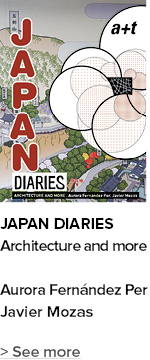




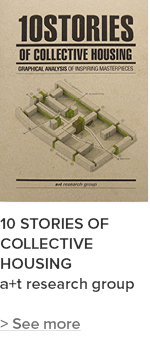

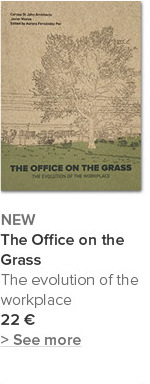
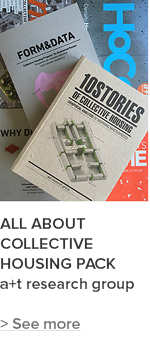
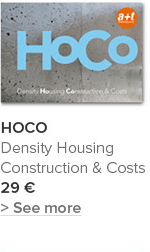

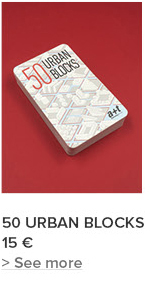
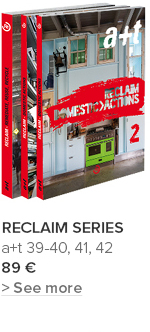

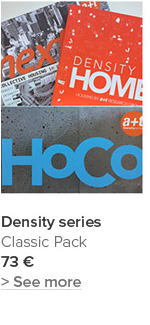





 I've read and agree to
I've read and agree to 


